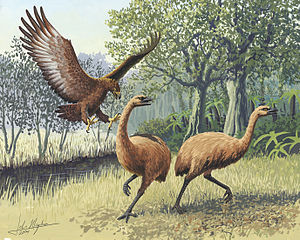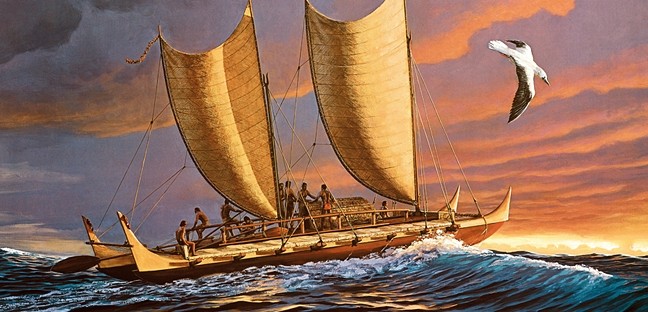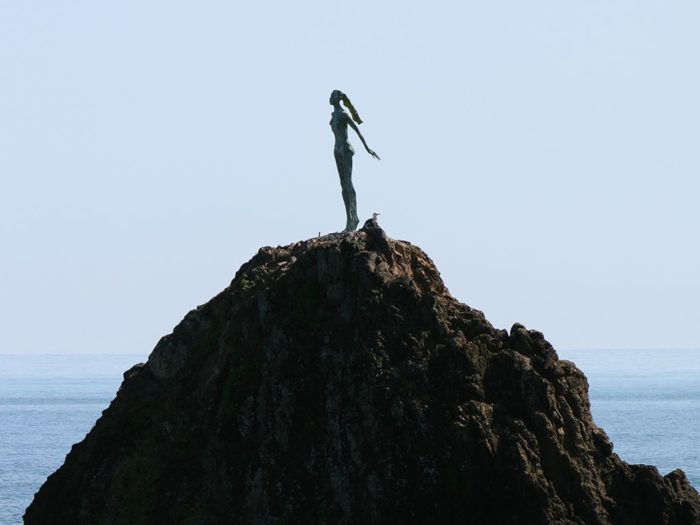Kia ora, ( I wish you good health and prosperity) friends near and far. On this rainy stormy day, with the northwest wind creating whitecaps on the sea, I will share the origin story of my current residence, Whakatane, NZ. I don’t pretend to be an expert, so this story is written from my limited understanding with the intention of honoring place and people.
Whakatane is a small town on The Bay of Plenty, North Island, Aotearoa, NZ.
While walking along the bay and looking out to the South Pacific, it is impossible to imagine the distance traveled by the original human inhabitants who arrived here some 750 years ago. To get some perspective, the southern hemisphere consists of 80% water and 20% land, whereas the northern hemisphere, currently home to 88% of the world population, is 40% land and 60% water. You get the idea. This part of the world was and is vast and sparsely populated.

Before these first humans, Polynesians, arrived, this land had been isolated for millions of years, evolving free of humans and mammalian predators. It was a land filled with birds, 120 species of geese, ducks, rails, moa, parrots, owls and wrens. Some were flightless, living happily on the forest floor. There were lizards and frogs, and reptiles called tuatara, born with 3 eyes. The one major predator was pretty scary–the Haast eagle–a true raptor weighing in at 22 to 36 pounds with a wingspan of 10′ feet and claws the size of tigers. A creature of nightmares for sure!
About 540 million years ago New Zealand was being formed on the eastern edge of the supercontinent Gondwana. It was formed of river sediments rushed to the sea and offshore volcanoes that deposited ash on the ocean floor. Of course, many more geological events took place to make New Zealand the country it is today, but now I want to continue to the wonderful origin story of Whakatane.
Long ago, a group of travelers landed their Mataatua here. (The Mataatua is an incredible voyaging canoe built for long distance travel). Anyway, their Chief, Toroa, took the men ashore to explore, leaving the women travelers with the canoe. While the men were gone, the canoe began to drift away from shore with its precious cargo of women and supplies.

As with many tribal cultures, men and women had different roles that worked for the benefit of the whole community. In this case, only the men could take the oars and row. What to do?
Being practical and courageous, Wairaka, the daughter of the Chief and a Chieftainess herself called out, ” Kia Whakatane au i ahau”, meaning ” I will act as a man!” (Evidently, she was NOT going to let tradition allow the precious canoe and its contents be dashed upon the rocks or float out to sea). So the courageous women, led by Wairaka, rowed the canoe safely back to shore. When the men returned, they found the canoe, and the women, just where they had left them.
What happened after that is anyone’s guess, but both the men and the women appreciated what Wairaka had done. Thus, the town was named for her courageous, quick thinking action.
Today in Whakatane, the cave, the waterfall and the rock that were landmarks for the travelers are still here and honored. Added to these landmarks is a sculpture of a woman standing on a rock at the river’s mouth, hair flying free, arms flung behind her, her body leaning forward in action. I like to imagine she represents and honors women everywhere who go beyond what is expected.
Our world may be saved by our actions.
Ka wani ke koe! (You all are awesome️)

